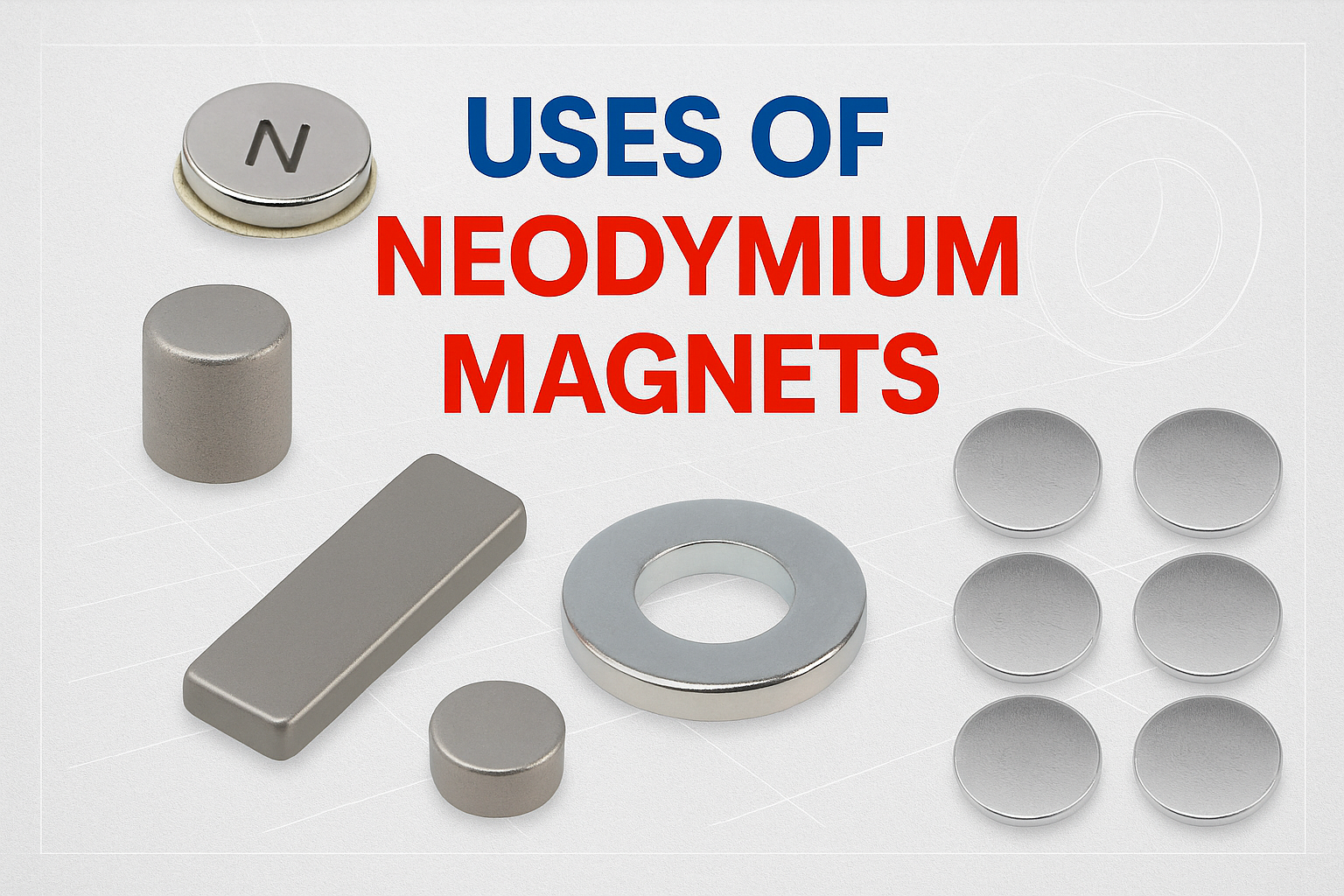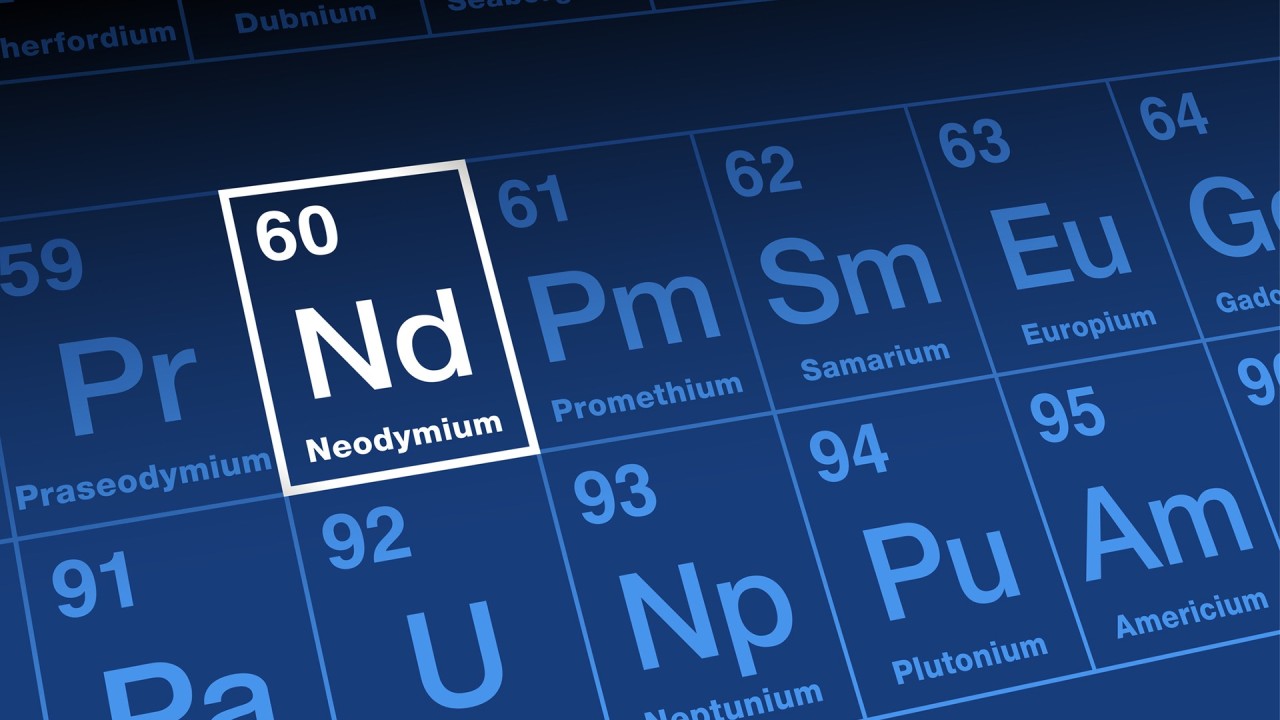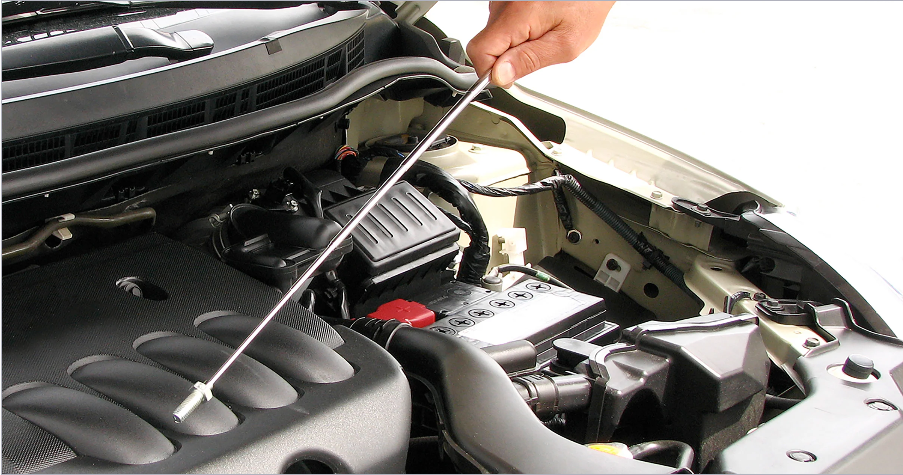- Treating cancer cells with targeted hyperthermia (read more)
- Delivering drugs to cancer cells (read more)
- Powering computers and electronics with speed (read more)
- Controlling soft robots (read more)
- Sensing and testing for certain elements, such as marijuana (read more)
FEATURED POST
Exciting New Advances with Magnets Hint at Major Innovations

Exciting New Advances with Magnets Hint at Major Innovations
By Shalea Hardison
Magnets have come a long way since ceramic magnets first made their debut in 1952. In demand for everything from clean energy to technology to manufacturing, magnets today are driving some of the most innovative products for tomorrow.
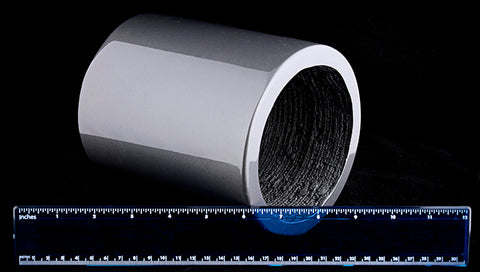
Image Credit: Department of Energy (DOE)
In the past year we’ve noticed exciting new advances with magnets – and they seem to be everywhere. Here are a few of the highlights.
3D Printing Magnets
In late 2016, researchers from the Vienna University of Technology and scientists at the Department of Energy’s Manufacturing Demonstration Facility successfully 3D printed magnets.
On the rise as a viable manufacturing technology, 3D printing is popular for everything from prototypes to custom production runs. In the magnet world, 3D printing points to important possibilities for a few different reasons.
First, 3D printing provides greater control over the arrangement of the magnetic fields. Often sensors require magnetic field lines oriented in strength in very specific arrangements – and 3D printing opens the door for small magnets with very precise orientations.
Second, 3D printing generates much less waste in the ‘manufacturing’ process. As much as 50 percent material waste can be saved in this process when compared to the traditional method of sintering. This has particularly valuable implications for the rare earth elements used in neodymium magnets.
Potentially 3D printing opens the door to complex shapes, small custom manufacturing runs and little, or no, tooling costs.
Nanomagnets
 Nanomagnets: This image shows a selective actuation of the side arms of a soft robot in a horizontal uniform magnetic field. Image credit: Sumeet Mishra, North Carolina State University
Nanomagnets: This image shows a selective actuation of the side arms of a soft robot in a horizontal uniform magnetic field. Image credit: Sumeet Mishra, North Carolina State University
If understanding magnets leaves you scratching your head, then nanomagnets are simply mind-blowing. By definition, a nanomagnet is a “submicrometric system that presents spontaneous magnetic order (magnetization) at zero applied magnetic field (remanence).”
Primarily used as way to transport, attach or manipulate something in conjunction with another magnetic field, nanomagnets have featured heavily in research in biomedical and electronic fields in the past year.
Here are some amazing uses of nanomagnets:
NASA-based Magnet Research
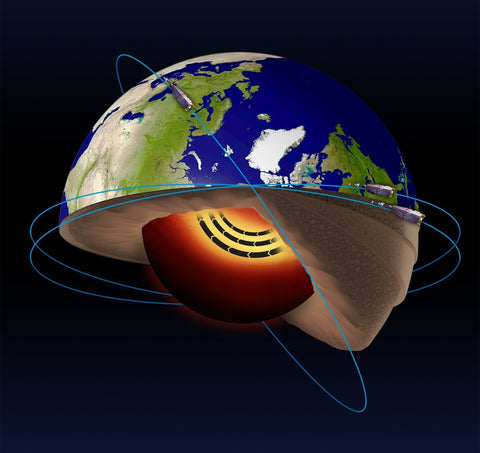
Magnetosphere: Additionally, results of ESA's Swarm mission discovered a molten jet stream related to the Earth's magnetic field. Illustration credit: ESA
Both NASA and the European Space Agency (ESA) reported results of missions and studies involving the Earth’s magnetic field, or magnetosphere, and how it affects us.
In September, NASA shared findings from the THEMIS mission showing substorms where solar particles disturb the Earth’s magnetic field and create auroras. NASA shares an amazing animation of this .
ESA also published results of their missions, including detailed maps of the changes in the Earth’s magnetic field. SWARM, a mission dedicated to studying our magnetosphere, was launched in 2013. It’s now producing enough data to show changes in the Earth’s magnetic field and the magnetic north pole.
In December, Japan Aerospace Exploration Agency launched a magnetic tool aimed at cleaning up space. With the help of this magnetic tether, astronauts at the International Space Station will be cleaning up the massive amounts of junk in space.
And beyond studying the magnetosphere, NASA recently opened the Magnetic Materials Fabrication and Characterization Lab. This lab is geared to both the research and production of custom alloy magnetic ribbons. According to NASA, “Researchers are testing these materials to convert the power generated by solar cells into a form that can be smoothly integrated into the national power grid system and easily managed with little to no electrical variation or disruptions.”
Still thinking there’s not much new about magnets? Hungry for more cutting edge magnetic information? Then watch for news from the Magnetics 2017 conference in Orlando this week. Billed as the leading global event focused on the latest technical advancements in the magnetic markets, it won’t disappoint.





